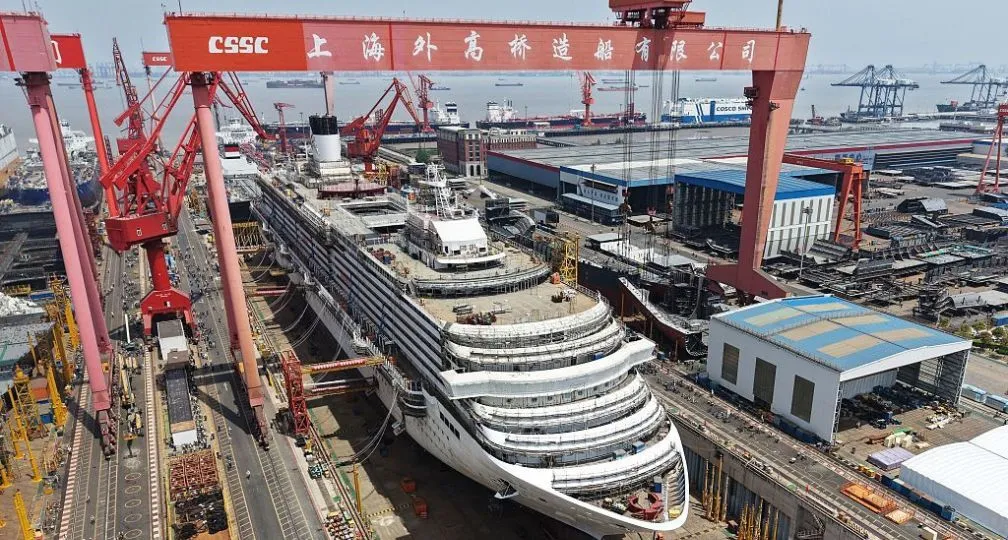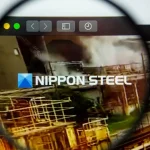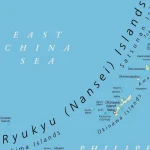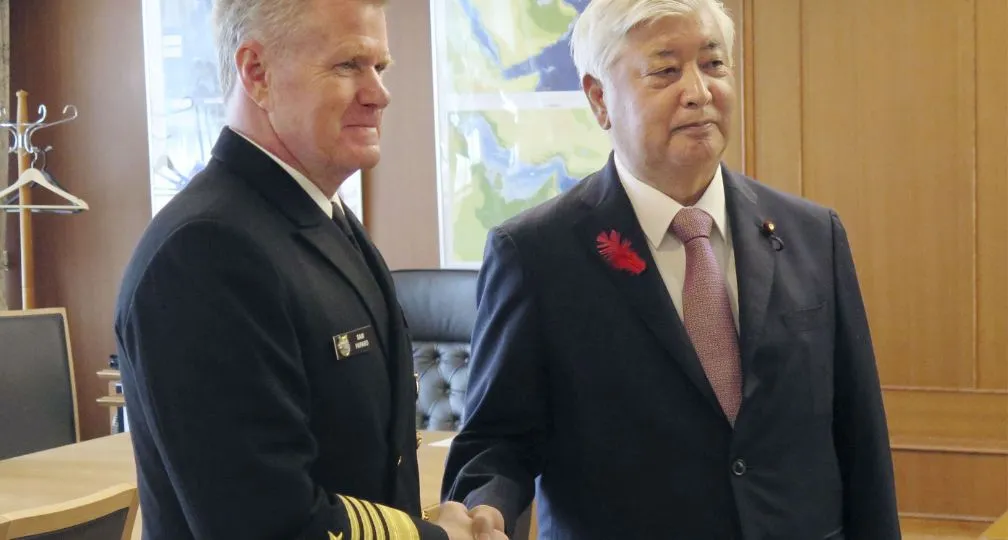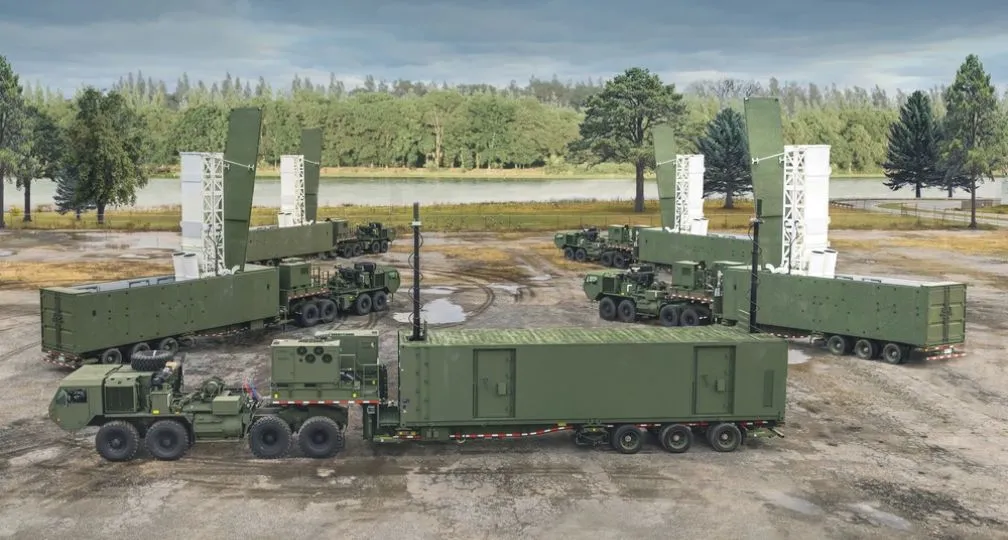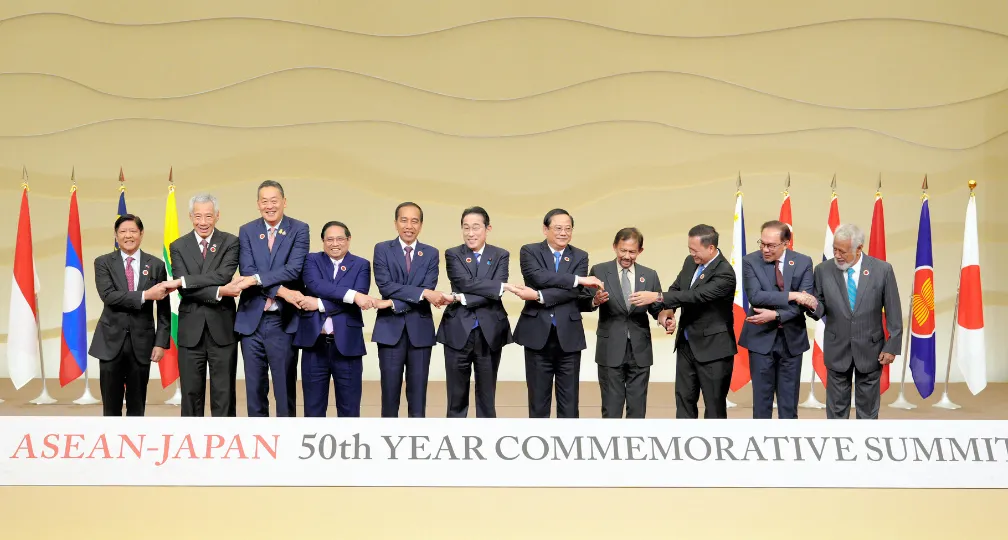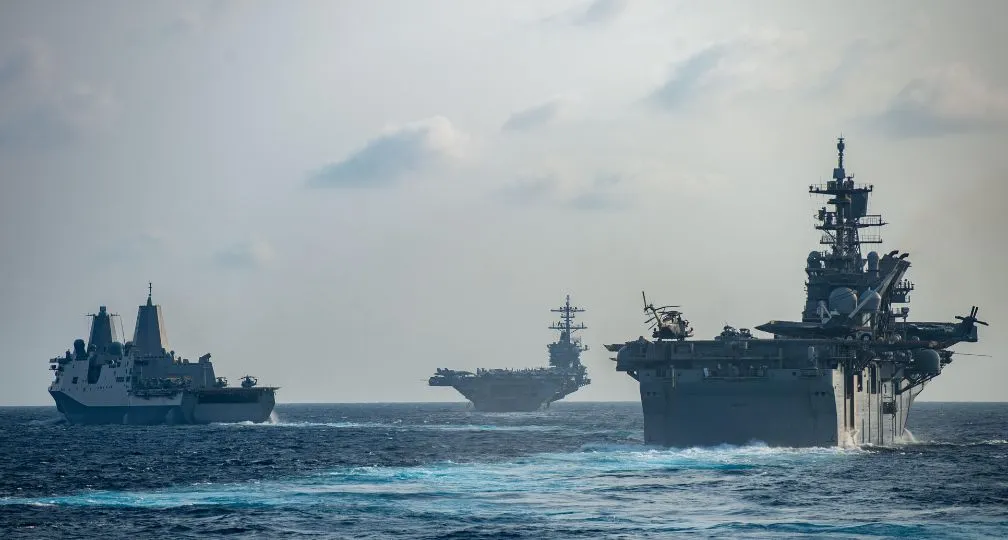What the trilateral fighter jet program means for Japan

Lieutenant General, Japan Air Self-Defense Force (Ret.)
This article was posted to the Japan Times on August 31 2023:
https://www.japantimes.co.jp/commentary/2023/08/31/japan/japan-trilateral-jet-development/
Air superiority is a must to be at an advantage in fighting a modern war, which is why countries are fiercely competing to develop cutting-edge fighters.
The United States has developed the F-35, a fifth-generation stealth fighter jet, jointly with partner countries and has started deploying it.
NATO countries using F-16s are moving to replace them with F-35s, with plans to free up F-16s for Ukraine.
Japan has already acquired F-35s to replace third-generation F-4s. It also launched the Global Combat Air Programme (GCAP) with the United Kingdom and Italy to jointly develop a next-generation fighter aircraft for deployment beginning in 2035 to replace F-2s, the aircraft developed together with the U.S. based on the F-16.
The GCAP, a massive project involving trillions of yen just in development costs, will be the centerpiece of the three countries’ efforts to boost their domestic aviation and defense industries.
And for Japan, it is significant politically and diplomatically since it is the first joint fighter aircraft development project with countries other than the U.S.
This means it is difficult to manage the project, including its costs and schedule, and there are important issues, such as securing interoperability between Japan and the U.S.
Meanwhile, Germany, France and Spain are jointly developing a next-generation fighter jet under the Future Combat Air System (FCAS) framework that would become the rival of the GCAP.
China and Russia are also each developing their own sixth-generation fighter jets.
How these development projects turn out could determine not only who will have an advantage in future wars but also the future of the aviation and defense industries’ supply chains and exports, as well as alliance relationships among countries.
New alliances
On Dec. 9, the leaders of Japan, the U.K. and Italy issued a joint statement on the GCAP, stating, “We share ambition for this aircraft to be the centerpiece of a wider combat air system that will function across multiple domains.”
As British Ambassador to Japan Julia Longbottom reportedly said in December, the system is highly likely to include unmanned vehicles, new sensors, weapons, highly sophisticated data systems and safe networks.
The three countries’ governments, militaries and numerous companies will work together and cooperate in various fields in a multilayered manner for decades to come for the development, deployment and operation of the aircraft.
If the program proves successful, the security and defense ties among the three countries will certainly grow even stronger.
While joint drills and military operations can be described as a flow of temporary military cooperation, joint development is a stock or a structured cooperation. In that sense, the GCAP is a symbol of what the U.K. calls a “new alliance.”
The GCAP was launched against the backdrop of Japan and the U.K.’s renewed focus on bilateral security ties.
In June 2013, Prime Minister Shinzo Abe and British Prime Minister David Cameron reached agreements on a framework for defense equipment cooperation, the first time for Japan to do so with a country other than the U.S.
In the following month, the two governments signed an agreement concerning the transfer of arms and military technologies necessary to implement joint research, development and production of defense equipment.
In January 2015, at the two-plus-two meeting of foreign and defense ministers, the two countries welcomed the launch of a project on the feasibility of a Joint New Air to Air Missile (JNAAM). A trial production of the prototype was completed during fiscal 2022 and the project is scheduled to be concluded by the end of fiscal year 2023 in March.
They will consider mass production of the missile to be loaded on F-35s and there is a possibility of it being loaded on the GCAP aircraft in the future.
The U.K. signed a memorandum of understanding with Sweden in 2019 and with Italy in 2021 to work on a joint combat air development and acquisition program for the planned Tempest fighter which will eventually replace the existing Eurofighter Typhoon.
The U.K.’s Tempest and Japan’s next-generation fighter aircraft that will replace F-2s have a lot in common, with both aiming for greater travel range and missile payload than F-35s and for deployment in 2035, which means a joint development will lead to a win-win relationship.
“The U.K. sees this as a once in a generation opportunity for an equal partnership that will allow both our nations the freedom of modifications we both need, while ensuring any future platforms and systems are interoperable with our key security partners, such as the U.S.,” Richard Berthon, the U.K. Ministry of Defence’s director of future air combat programs, wrote in an article in the Sankei Shimbun in September 2020.
The two countries can also benefit from being able to reduce massive development costs and technological risks, and the accumulated achievements of technological cooperation in the JNAAM project pushed them to launch the joint aircraft development program.
The GCAP started as a trilateral project, later joined by Italy, which had signed a memorandum of understanding with the U.K. on the Tempest program. Sweden’s eventual participation cannot be ruled out, either.
Autonomy vs. interoperability
Japan’s development of a next-generation fighter jet started when the Defense Ministry released in August 2010 a research and development vision for a future fighter.
Since then, the ministry has continued research and development on an advanced technological demonstrator and on-board engines while gathering and analyzing information by issuing requests for information (RFI) to companies at home and abroad.
In response to an RFI issued in June 2018, U.S. defense contractor Lockheed Martin pitched a hybrid aircraft combining an F-22 body with F-35 avionics, but disclosure of the core F-35 technology was not guaranteed.
Consequently, during a briefing on the fiscal 2020 defense draft budget held in December 2019, the Defense Ministry announced that no derivative aircraft met its conditions, and Lockheed Martin’s hybrid aircraft plan fell through.
The U.S. military was at the time secretly pushing forward its Next Generation Air Dominance (NGAD) program to develop a successor to F-22s, and in September 2020, announced that it had already built and flown a full-scale flight demonstrator.
Japan’s next-generation fighter development project was small in size and the timing of development didn’t match with that of the U.S. There was no chance of the two countries jointly developing an aircraft based on the NGAD program, of which details remain scarce even to this day.
Tokyo has bitter experiences of having had to depend largely on the U.S. to develop the F-2 jet, as well as importing F-35s through the Foreign Military Sales (FMS) program instead of conducting licensed production.
Therefore, in developing a next-generation fighter, Japan set conditions of securing sufficient scalability to be able to respond flexibly to future threats and technological advances; freedom of modification to make repairs and updates with independent judgment; and domestic defense infrastructure enabling timely and appropriate maintenance and updates to ensure high responsiveness.
In other words, Japan sought autonomy in fighter jets, a core tenet of air superiority.
On the other hand, securing interoperability with allies is indispensable. In December 2020, Japan selected Lockheed Martin as a candidate for an integration support company.
In December 2021, the Defense Ministry said it will continue negotiations with Lockheed Martin over what kind of support it will offer, and that it started discussions with the U.S. Air Force in August 2021 on the future network to secure interoperability.
At the same time, it said defense authorities of Japan and the U.K. will conduct a joint analysis on the degree of standardization.
Such moves indicate the government’s cautious attitude as it attempted to win Washington’s understanding of Japan’s shift to joint development with the U.K. while securing interoperability with the U.S.
Japan advocated production of an indigenous fighter jet under the FS-X program in the 1980s, but was politically pressured by Washington to jointly develop it with the U.S. based on the F-16 aircraft. It still failed to get critical technologies like flight control disclosed.
However, Japan managed to independently develop the F-2, which can be regarded as nearly indigenous, in the 1990s despite bearing ballooning costs, enabling the country to build domestic production technology infrastructure and conduct improvements and repair work while the aircraft is in operation.
Japan could not join the F-35 multilateral development program that began in the 2000s because of its three principles on arms exports, so it initially considered the F-22 fighter as a candidate to replace decades-old F-4s.
But it gave up the idea as the U.S. Congress had barred the exports of F-22s, and instead purchased F-35s through the FMS.
Nevertheless, Japan, which has not taken part in the development, does not have access to technologies and is forced to unilaterally keep up with the frequent technological improvements and software updates being made.
Taking such experiences into account, Japan set out to secure both autonomy in manufacturing and deploying fighter jets through the GCAP program and interoperability with the U.S.
At the same time as the joint statement issued by the leaders of Japan, the U.K. and Italy in December, the Defense Ministry and the U.S. Defense Department released a statement saying that the U.S. supports the GCAP.
The statement also said, “Together, we have begun important collaboration through a series of discussions on autonomous systems capabilities, which could complement Japan’s next fighter program among other platforms.”
Indeed, the matured Japan-U.S. alliance made it possible for Tokyo to find a balance between autonomy and interoperability.
Future challenges
Multilateral development collaboration has become a major trend among Western countries, as it offers the merit of member countries bringing together their technological prowess to share and reduce development costs and technological risks.
Yet, there are also many conflicts of interests, including differences in operational requirements, cost sharing, manufacturing work sharing and the attribution of intellectual property.
In fact, France left the Eurofighter joint development consortium and succeeded in developing the Rafale fighter aircraft independently.
The FCAS, which began as a cooperation between Germany and France in 2017 and was later joined by Spain, has been put on the back burner due to infighting over work-share agreements and its deployment is expected to be delayed by years.
As for the GCAP, the governments of Japan, the U.K. and Italy, as well as the participating companies including Mitsubishi Heavy Industries, BAE Systems and Leonardo, are currently negotiating the details of the program and production sharing. Future developments will be watched closely.
Another critical issue for the GCAP is the exporting of the developed aircraft. Japan needs to consider revising the three principles on transfer of defense equipment and technology to enable exports by itself and by third parties — the U.K. and Italy in this case.
The leaders’ joint statement on the GCAP says, “This program has been designed with our allies and partners at its very heart,” indicating that it is intended for exports.
Indeed, exporting the developed fighter jet will lead not only to price reductions due to increased production and maintaining of manufacturing and technological bases but also to deepened mutual dependence with importing countries.
The three countries plan to replace a total of around 350 fighters with the new aircraft, but there is a potential of exporting several hundreds, with countries like Saudi Arabia reportedly expressing interest in joining the program.
With the FCAS program seeing a huge delay and the U.S. NGAD aircraft not intended for export, the U.K. and Italy are pinning high hopes on exporting the product developed under the GCAP.
Needless to say, the benefits of exporting finished aircraft are enormous for Japan’s defense industry.
To that end, a political decision should be made to revise the three principles on transfer of defense equipment and technology.
Russia and China are developing their own next-generation fighters, as the authoritarian regimes want to avoid losing autonomy in the field of fighter aircraft.
However, their independent development of aircraft will face difficulties as Moscow is isolated following the war in Ukraine and Beijing is hit by Western countries’ tech restrictions.
Multilateral joint development initiatives are offering a competitive edge to Western industrialized countries.
Japan, the U.K. and Italy must push ahead with the GCAP program without insisting too much on their national interests and circumstances in order to be at an advantage over the authoritarian regimes of China and Russia.
(Photo Credit: Ministry of Defense)

Geoeconomic Briefing
Geoeconomic Briefing is a series featuring researchers at the IOG focused on Japan’s challenges in that field. It also provides analyses of the state of the world and trade risks, as well as technological and industrial structures (Editor-in-chief: Dr. Kazuto Suzuki, Director, Institute of Geoeconomics (IOG); Professor, The University of Tokyo).
Disclaimer: The opinions expressed in Geoeconomic Briefing do not necessarily reflect those of the International House of Japan, Asia Pacific Initiative (API), the Institute of Geoeconomics (IOG) or any other organizations to which the author belongs.
 The Lessons of the Nippon Steel Saga2025.07.08
The Lessons of the Nippon Steel Saga2025.07.08 From dollar hegemony to currency multipolarity?2025.06.25
From dollar hegemony to currency multipolarity?2025.06.25 The Big Continuity in Trump’s International Economic Policy2025.06.11
The Big Continuity in Trump’s International Economic Policy2025.06.11 India’s Strategic Autonomy in a Trumpian World2025.07.11
India’s Strategic Autonomy in a Trumpian World2025.07.11 The Tyranny of Geography: Okinawa in the era of great power competition2024.02.09
The Tyranny of Geography: Okinawa in the era of great power competition2024.02.09





